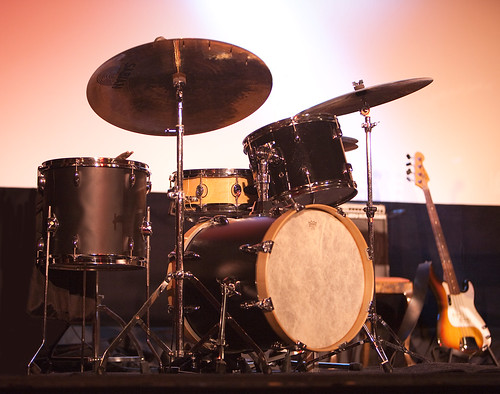The cold days of winter present the perfect opportunity to gather with family and friends over a hearty meal. In the next series of posts, the Olympic Peninsula Wineries will share with you some favorite recipes and wine pairings that are sure to delight all those who grace your table.
Our debut recipes come from Don and Vicki Corson of Camaraderie Cellars. One is an appetizer recipe perfect for holiday entertaining. The other is a main course recipe created by Don and Vicki’s son, Steve Corson. Steve is a Research Chef for Northwest Naturals in Bothell, WA. He creates a new recipe each quarter for the Camaraderie Cellars Wine Club. Bon Appetit!
Blue Cheese Cocktail Cookies
Yield: About 4 dozen cookies Pair with Camaraderie Cellars’ Cabernet Sauvignon
1 cup butter, at room temperature
¼ tsp. cayenne pepper
1 ½ cups crumbled blue cheese
2 cups all-purpose flour
2 cups crisp rice cereal, such as Rice Krispies
2 slices bacon, cooked and crumbled (optional)
1. Preheat oven to 350 degrees. With a mixer on medium speed, cream together cream cheese and butter until light and fluffy. Add cayenne, blue cheese, flour, rice cereal, and bacon (if using) and beat on medium-low speed until well blended. The dough will be stiff.
2. Roll 1 tablespoon portions into balls and place slightly apart on baking sheets. Flatten each ball with a fork.
3. Bake until cookies are golden brown, 12 to 15 minutes.
From Sunset Magazine 2/06
BLACK FOREST PORK TENDERLOIN
Serves 6-8 Pair with Camaraderie Cellars Merlot
2 tablespoons olive oil
Two 1 pound pork tenderloin, trimmed of fat and silver skin
2 teaspoons kosher salt
¾ teaspoon freshly ground black pepper
2 cups dry red wine, preferably good-quality Merlot
1 cup cherry preserves
1 tablespoon water (optional)
2 ½ teaspoons cornstarch (optional)
Heat a large heavy-bottomed skillet over medium-high heat and add the oil. Lightly sprinkle the pork on all sides with the salt and pepper. When the oil is hot, add the pork and cook, turning with tongs, until browned on all sides, a total of 4 to 5 minutes.
Reduce the heat and continue cooking the meat, turning occasionally, until still slightly pink at the center when cut with a paring knife, 25 to 30 minutes. Transfer the meat to a large plate and tent with aluminum foil to keep warm.
Add the wine and preserves to the pan, scraping up the brown bits in the bottom of the pan with a wooden spoon or heatproof rubber spatula. Bring to a simmer and cook until the liquid reduces slightly, 7 to 10 minutes. For a thicker sauce, mix the water and cornstarch and add to the pan, then stir well and simmer for 1 minute, or until thick and shiny.
To serve, slice the tenderloin and spoon the cherry-wine sauce over the meat.

